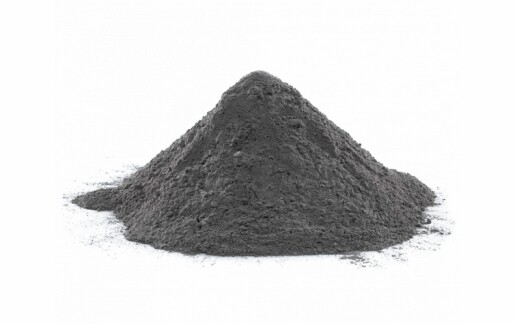
Silica fume is very fine noncrystalline silica produced in electric arc furnaces as a byproduct of the production of elemental silicon or alloys containing silicon. This recycled material can be added directly to concrete as an individual ingredient or in a blend of portland cement and silica fume.
Silica fume consists primarily of amorphous (non-crystalline) silicon dioxide (SiO2). The individual particles are extremely small, approximately 1/100th the size of an average cement particle. Because of its fine particles, large surface area and the high SiO2 content, silica fume is a very reactive pozzolan when used in concrete.
Benefits of Silica Fume
- Silica-fume concrete with a low water content is highly resistant to penetration by chloride ions eliminating corrosion induced by deicing or marine salts.
- It's available in wet or dry forms.
- The small particle size, which is 100 times finer than ordinary portland cement complements, provides a ball-bearing effect which improves thixotropic behavior, in effect modifying concrete viscosity.
- The high surface area of silica fume particles affects the mobility of water within concrete so segregation and bleeding of concrete are virtually eliminated.
- High cohesive workability and the ability to hold long distance pumping of concrete.
- Used to enhance mechanical and durability properties of concrete.